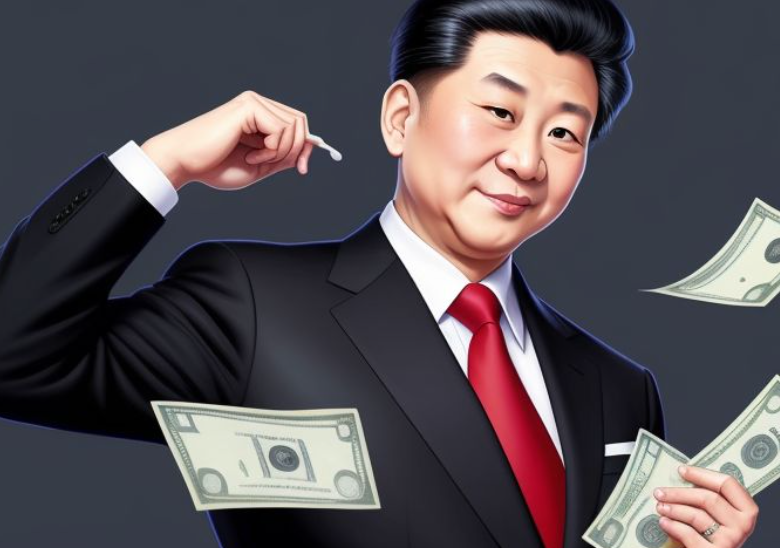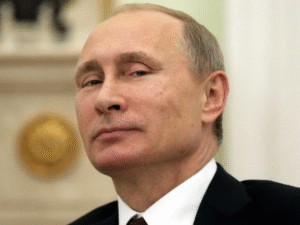$BABA $SCSA $TM
#China #SaudiArabia #DollarBond #Economy #GlobalMarkets #FinancialTies #Bonds #EmergingMarkets #USDTreasury #BondsMarket #MiddleEast #Investment
China is reportedly preparing to issue its first dollar-denominated bond in three years, choosing Saudi Arabia as the location for the issuance. This move signals a growing convergence of economic and geopolitical interests between the world’s second-largest economy and the kingdom, which has been diversifying its ties away from traditional Western partners. The issuance appears to capitalize on the deepening financial relationships that have emerged over the past several years between China and Saudi Arabia. These two nations are bonded by a common vision of securing energy supplies, expanding trade, and reducing dependency on the U.S-dominated global financial system. Saudi Arabia, as one of the world’s leading oil producers, plays a critical strategic role for China, especially as it seeks to balance its reliance on fossil fuels with a rapid pivot toward energy transition initiatives.
In terms of market impact, China’s re-entry into the dollar bond markets after a prolonged absence would provide Chinese corporates with an opportunity to take advantage of global liquidity while diversifying their funding sources. This move also comes at a time when global bond markets are reacting to numerous headwinds, from U.S. Federal Reserve interest rate hikes to general economic uncertainties surrounding slowing growth in major economies. Despite these challenges, dollar-denominated bonds remain a favored asset in emerging markets as they provide a hedge against local currency volatility. The upcoming bond issuance could also be seen as a vote of confidence in the stability of the U.S. dollar, particularly amid the rising importance of the yuan in international trade corridors, including Saudi Arabia.
The geopolitical context cannot be ignored in this financial move. Saudi Arabia has lately been pivoting eastward, reflecting its national policy of aligning with major non-Western economies like China and Russia. This policy coincides with the Belt and Road Initiative, as well as China’s strategy to secure its energy supply chain while offering technology and infrastructure-related investments. Both nations are also part of multilateral shifts away from exclusive reliance on Western-aligned institutions such as the IMF and World Bank. Thus, China’s dollar bond issuance in Saudi Arabia could also be interpreted as part of a broader strategy aimed at strengthening non-Western financial markets. It underscores the rising acceptance of Chinese capital markets on the global stage, along with the yuan’s increasing participation in international reserves.
From an investor’s perspective, the bond market’s reaction to China’s issuance will be closely watched. Given the geopolitical backdrop, it could attract interest from investors looking for exposure to China’s long-term economic growth trajectory. Additionally, the involvement of an oil-rich nation like Saudi Arabia may appeal to energy-focused portfolios or sovereign wealth funds, especially given the global importance of energy security. Investors might also see this bond as a way to optimize returns in a volatile market where inflationary pressures continue to rise. However, potential risks remain, including ongoing tensions between China and major Western economies, which may affect global sentiment towards Chinese financial products.







Comments are closed.